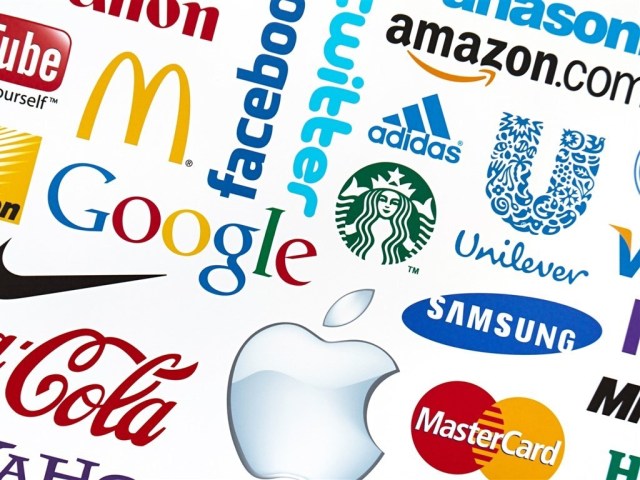The Great Branding Guide

If you want to be successful online, you have to build a strong brand. But how does branding work? In this article you will learn what branding is, what you need to look out for in your logo and how to present your brand optimally on social media which you could use in digital marketing agency.
What is branding anyway? Why is it important?
Branding can be defined as “positioning a brand”. Factors such as the logo, web design, corporate colours & voice play a major role. The brand has the task to convey a feeling or the image of the company to potential customers. The brand runs through the complete corporate communication – internal as well as external – and has the task to stand out from the competition.
Some brands have such a strong recognition value that they can even be recognized without a logo or slogan. This means that you can determine how your company is perceived. It’s the impression your customers get when they hear your company’s name.
Why is branding so important and what is the meaning behind it?
The purpose of branding is to help potential customers quickly and easily understand what you stand for and what you offer. This is important because a strong brand image has a huge impact on the response of your customers (and prospects) to your products (and prices). It is important that your company’s logo and graphic identity match the attitudes, desires and needs of your target audience. If you position yourself as a discounter, you will discourage potential customers with high-priced products. The same applies the other way around.
Building a brand
If your business or online store does not yet have a single brand or you don’t like what your brand currently stands for, it’s time to reinvent yourself. The perfect logo. Essential for strong branding.

Why do you need a logo and why is it essential for a strong brand? Is a strong logo a must-have?
Breeding animals, especially cattle and horses, are often branded – hence the term branding. But don’t worry, when marketers talk about “branding”, they don’t run after you with a glowing branding iron. They are more concerned with packaging your corporate identity into a catchy name, slogan, symbol or logo. Your logo is then, like the branding iron, the memorable stamp that your company leaves everywhere. On flyers, business cards, social media channels, the website, the products – and finally in the brains of your customers.
Good branding has several advantages for your company:
It sets you apart from your competitors.
It increases your recognition value.
It not only communicates your company name
You are no longer just any company that sells anything.
Because it creates a connection between your potential customers and your product through emotions. A logo is essential for building a brand. No question about it. Building a brand involves much more than just a good logo. But with the logo development a first and important step is done. Because your logo is the flagship of your company.
It not only adorns your products, but also your website, your brochures and your social media channels. In addition, the logo offers many possibilities to communicate the characteristics your company stands for to the customer in a catchy way.
In 3 steps to the perfect logo branding: 3 steps to the perfect logo
Step 1: Determine your brand core
What does your company stand for? How do you position yourself on the market? Which customers do you want to address?
These questions are at the very beginning of the branding process – and for good reason. Because nothing is more annoying than to end up with a beautiful logo that doesn’t suit you at all.
Sometimes companies that have the feeling that their logo is simply no longer harmonious appeal to us. This is quite normal, because companies develop further and must keep up with the times in order to remain relevant.
Step 2: Find your logo style
There are different logotypes, which result from the different combination of font and picture elements. The extremes are pure word marks and pure figurative marks. Which variant is the right one for you depends on the core of your brand, but also on the name and brand awareness of your company.
The design is chique, but its nostalgic charm is a bit old-fashioned at the same time. So the logo doesn’t meet the freshness and innovative spirit that Coffee-Up! embodies. Accordingly, it would only appeal to a small part of the green metropolitan environment.
Step 3: Choose the optimal colours
It’s no big secret that colors have a psychological effect. They also suggest certain associations. By choosing the colour of your logo, you always sub-communicate your brand core. Therefore, not every colour is suitable for every company.
Here is a small overview of the properties you can express with colours:
Black: elegance, staidness
White: order, simplicity
Grey: experience, professionalism
Blue: calm, trust
Green: ecology, naturalness, sustainability, health, harmony
Brown: naturalness, warmth, tradition
Yellow: warmth, good mood, optimism
Orange: drive, innovation, enthusiasm with an aggressive touch
Red: passion, self-confidence, courage
Pink: femininity, eroticism
color branding
Of course, these colors must be further adjusted, because green is not equal to green and red is not equal to red. As a general rule, hold it at one or two, at most three colors – it’s difficult enough to match them. Anything beyond that is possible, but quickly appears overloaded.

